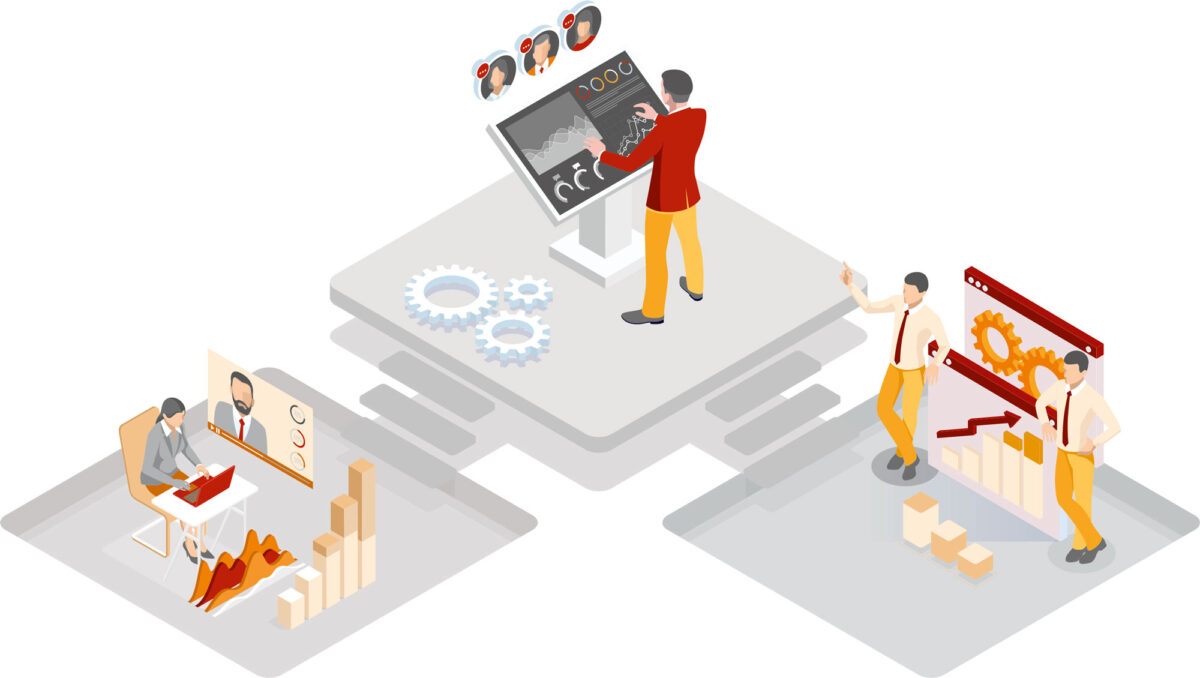The credit should go to SaaS companies for helping streamline the business processes for many public and private companies. Software as a service (SaaS) is the largest and fastest-growing market segment for a few years. It has helped people and small businesses develop their valuable skills and knowledge in the fast-growing industry. SaaS is changing the way organizations work. With subscription billing software and revenue management systems, the Accounting/Billing, Human Resource (HR), Communication/Live Streaming Platforms, Project Management, and Content Management Systems (CMS) and Ecommerce industries have improved exponentially well.
Like any other industry, SaaS companies also face challenges and struggle to recognize revenues accurately, leading to faulty financial reporting. It thus affects valuation and decision-making. So, let us find out how you can streamline the compliance process with subscription billing software and automate your revenue management systems for digital transformation.
SaaS companies and subscription business models
In the traditional sales model, revenue recognition is pretty simple. A seller trades the product for a one-time payment to a buyer. The seller considers the payment as revenue, and the transaction is complete. But the subscription business model works differently.
According to Financial Accounting Standards Board (FASB), the Accounting Standards Codification 606 (ASC 606) topic, recurring revenue of subscription recognition is unconventional. SaaS companies might accept payments from the customer for a year’s worth of software access, but the companies can only recognize revenue as that access is delivered. It means, only $100 is recognized as the monthly revenue even though the customer has paid $1,200 for an annual subscription. The remaining $1,100 is deferred revenue.
The subscription business model is tricky but manageable. However, the real challenge comes to the finance team when there’s a usage-based billing or mid-term contract change.
Standard challenges for SaaS companies
Gartner estimates that SaaS will continue to maintain its dominance across industries. In terms of revenue:
- SaaS expects to bring in nearly $105 billion in 2020 alone.
- In 2022, SaaS will generate close to $141 billion.
The tax advisory firm KPMG released a handbook comprising the intricacies and potential challenges of SaaS and revenue recognition of subscription billing software. Take a look.
1. Costing: compulsories, optional, and additional
It is a great way to bifurcate the pricing into mandatory, optional, and extras. It becomes easy for both SaaS companies and their customers to understand revenue management. For example, $1,200 is the annual subscription fee for availing of subscription billing software service. And consulting charges, set-up fees, and add-on charges are separate.
2. Usage-based pricing
A new concept was introduced by ASC 606 with a fictional SaaS remote machine monitoring platform called Dashboard. Here, Dashboard charges its customers for the number of hours of machine usage and data transmission back to the platform. Suppose the customer uses the machine for two and four hours on subsequent days, Dashboard recognizes the revenue accordingly. It makes revenue management easy by recognizing the software usage precisely.
3. Contract types
The customized contract might complicate the revenue recognition as it differs from person to person. Hence, it is necessary to identify the nonstandard clauses within the contract and create identical deals on all platforms. It usually arises when customers subscribe to software via the cloud.
4. If maintaining a manual revenue recognition
Not all contracting information is required or captured in the sales configuration system. Sometimes the data entered in the open text field is not easily transferrable to another system, and it becomes difficult to analyze it later. So, it is essential to find a solution for open text fields.
Overcoming challenges
For complex problems, the solution is always simple! Here too, automation is the answer for all the challenges. Subscription billing software can take care of recurring revenue issues or mid-term account changes when automated. It solves the revenue recognition issues with accuracy for SaaS companies.
Also, it is not a good idea to hold the subscription business back because of the complexities it has. A small digital transformation within the organization can give the business a competitive advantage and helps with long-term scalability. Automate the processes and pricing model and focus on business growth and revenue management. It is vital to learn revenue management as it helps in predicting customer behavior to maximize revenue by selling the products or services to the right markets.
Final thoughts
Subscription is the primary business model in SaaS. It’s hard to imagine any new company entering their industry without using subscription as their primary revenue model. For example,
Mailchimp: This marketing automation platform got its start as an email marketing provider and today is one of the most popular email marketing tools. They offer both subscription and pay-as-you-go plans.
Shopify: This leading ecommerce platform services approximately has 800,000 customers in 175 countries.
Dropbox: This file sharing platform is a great example of using freemium pricing in tandem with subscriptions to quickly grow the company to over 12 million customers.







